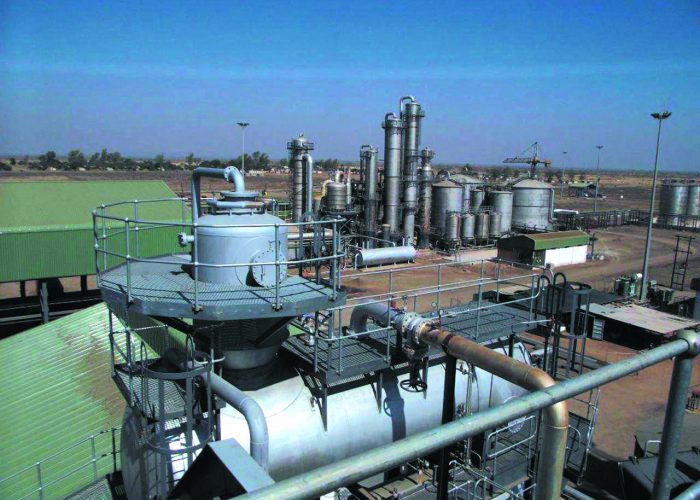


 CABINET — desperate to stem massive foreign currency outflows that are worsening the liquidity crunch — has disregarded a resolution on ethanol blending reached during the inclusive government last year.
CABINET — desperate to stem massive foreign currency outflows that are worsening the liquidity crunch — has disregarded a resolution on ethanol blending reached during the inclusive government last year.
The resolution, agreed on September 18, was to the effect that mandatory blending would only be done after the shareholding structure at the Chisumbanje ethanol project has been reviewed in line with the country’s empowerment laws, which give locals majority control.
Cabinet has also directed Green Fuels, which owns the ethanol project, to design an acceptable insurance policy framework for the compensation of motorists in the event of any damage to vehicles due to the use of the product, among other conditions.
But in disregard of the resolution, government has come up with statutory instrument (SI) 147A, gazetted on October 16, setting out the timetable for mandatory blending of anhydrous ethanol with unleaded petrol, and the relevant technical specifications.
Commencement dates for blending were given as October 23 for ethanol blend grade E10; November 30 for grade E15 and March 31, 2014 for grade E20.
The SI says the Minister of Energy and Power Development, Dzikamai Mavhaire, is empowered to grant exemptions from blending “in exceptional circumstances for special use”.
Mavhaire has also gone on to dissolve the District Ethanol Project Implementation Committee (DEPIC) consisting of chiefs, councillors and lawmakers, set up by the previous Cabinet to give affected communities a voice and safeguard their rights.
Only a week ago, Mavhaire also made a U-turn on earlier plans by his ministry to unbundle power utility, ZESA Holdings.
Now, he is charting a new way forward regarding the blending of ethanol, doing away with what had been agreed in Cabinet last year.
Indications are that Cabinet is warming up to investors in a desperate bid to attract fresh capital.
Zimbabwe is currently in the throes of a debilitating cash flow squeeze caused, in part, by poor investment inflows.
Investors have remained seated on the fence, fearing government’s antagonistic attitude towards investors, which had stalled major projects such as the ethanol project in Chisumbanje and the review of NewZimbabwe Steel in Redcliff.
The ethanol project is a brainchild of business mogul, Billy Rautenbach.
Last year, Cabinet had highlighted that mandatory blending would only be considered within the context of a joint venture, taking into consideration the country’s empowerment regulations, with mandatory blending starting at E5 and not at the current E10.
On Tuesday, Mavhaire was evasive about the shareholding structure of Green Fuels but confirmed dissolving DEPIC saying he had put in charge the local ZANU-PF lawmaker, Enoch Porusingazi and chiefs as the former was becoming divisive.
He said everything that they had done even against previous positions was in the national interest.
“I was the minister of industry and energy in 1982, the issue is that we want to reduce the (fuel) import bill,” said Mavhaire.
Pressed to explain the contradictions over the shareholding structure of Green Fuels, Mavhaire referred questions to the Minister of Youth Development, Indigenisation and Economic Empowerment Francis Nhema, who could not be immediately reached for comment.
Claris Madhuku, a member of DEPIC, said ever since the elections were held on July 31, there have been attempts by ZANU-PF to dissolve the committee.
He said it would appear that government was now siding with the investors ahead of the community.
The Zimbabwe Energy Regulatory Authority chief executive officer, Gloria Magorimbo, said they had not received any complaints so far on the use of E10 in the face of government’s failure to give motorists a window period to ensure that all vehicles are compatible with the blend.
“We carried a study that showed that a lot of cars had no problem (with blending) since ethanol has been in use, but on an optional basis. I can’t talk of all vehicles,” Magorimbo said.
Magorimbo said the only query received so far was on the price of the blended fuel which motorists feel is on the high side.